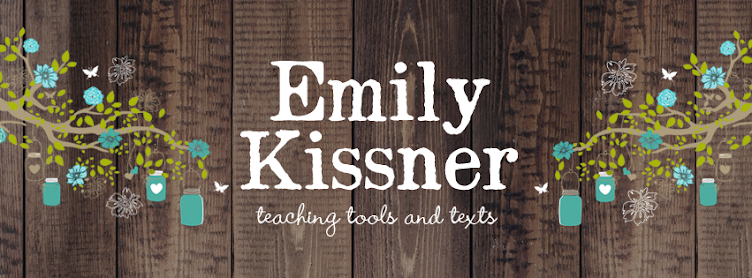The start of the new school year is almost upon us! My classroom exists in a perpetual state of chaos and disorder!
While it's hard to leave those lazy mornings and sunny afternoons behind, it is exciting to think about preparing for my new group of students. Once I clear a space in my new (smallish) room and figure out my schedule, these are the go-to assessments that I will pull.
Summarizing Narratives
Learning about how our students process and summarize narratives is a good first step. A student's summary yields a wealth of knowledge about how they approach reading stories, how they understand story structure, and whether they are reading at the local level (looking at individual sentences) or at a global level (thinking of the text as a whole).
The problem with student summaries is that they take a long time for students to write, and they take a long time for teachers to read! I've streamlined the process by creating a checklist with key events and ideas from the text. This checklist makes assessing summaries much easier...and makes it possible to share the task with a co-teacher or an instructional assistant. This year, I'm planning to use these tasks for progress monitoring with my enrichment students.
I love using the QRI as a quick assessment! The flexibility of using narrative or expository text really adds to the picture of what a reader can do. If you're not familiar with the Qualitative Reading Inventory, the book is a series of short texts and questions for readers of different levels. First, use the word list to get an idea of how students read words out of context. Then, select a text for the student to read, doing a running record as you go, and then ask the student 6-8 questions about what they read. The questions are split into inferential and explicit questions, which adds another layer of nuance into the interpretation of results.
Now...the manual has lots of directions for getting even more specific with your scoring, but I can do a quick version of the assessment in about 15 minutes. My trick is to split up the word reading and passage reading over multiple days. I have students read aloud from the word list on one day, then score and pull passages for the next day. This helps me to keep my file crate of materials in order! For many students, I skip the retelling portion (after all, I'm scoring summaries!) and set them up for look-backs from the start. Looking back to the text is a skill that I want to encourage, after all!
The best part of the QRI is how knowledgeable you can sound when talking with other teachers and parents. "This student reads really well with words out of context, and shows a wide range of word-solving skills. When they're reading the text, however, they have trouble with word-solving," or "Wow! This reader does wonderfully with narrative passages that have familiar content. When faced with an unfamiliar topic, though, they have great difficulty, even when new concepts are explained in the text." This is actionable information obtained in a quick, positive session.













